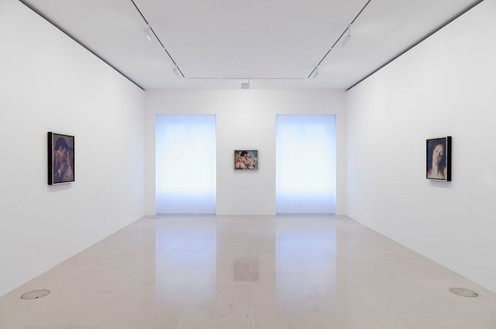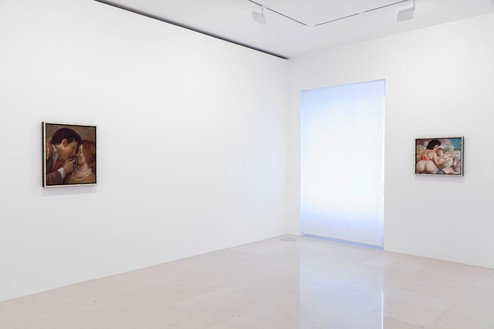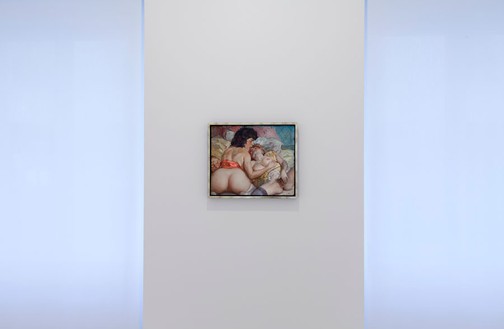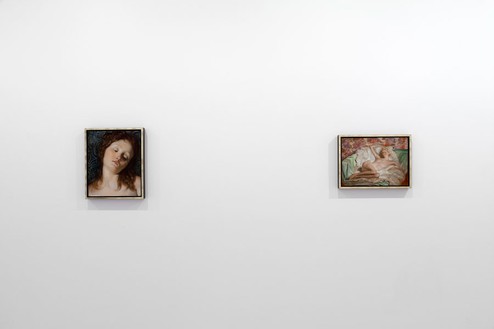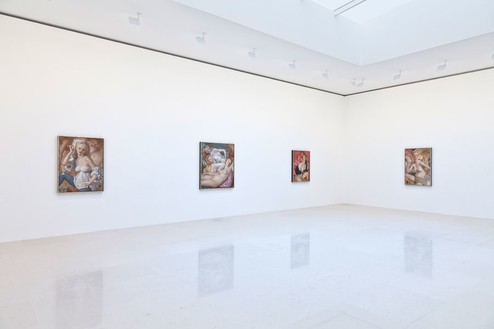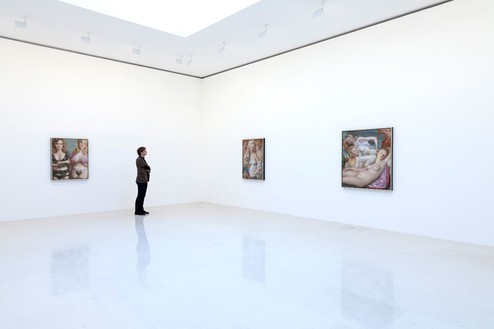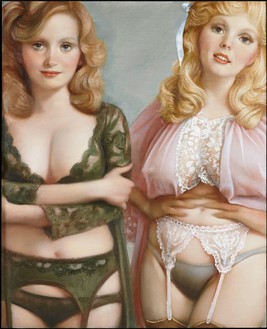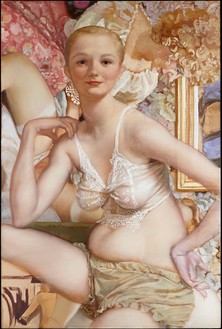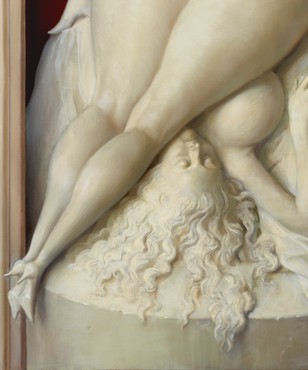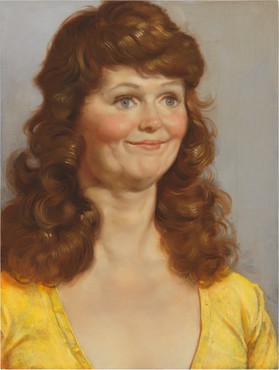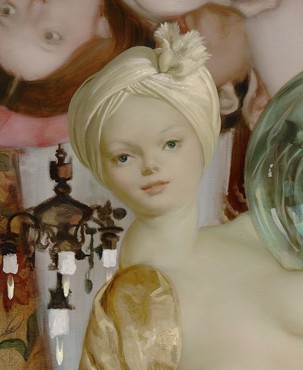About
I don’t think I’m as witty in painting as I used to be, partly because I don’t have to be, because I can do more things just with light, color, and form. I’m less beholden to games with metaphors. Figurative painting does not seem as doomed to failure as it did then, so I’m painting less about that.
—John Currin
Gagosian is pleased to present John Currin’s first painting exhibition in Paris.
Currin’s ambitious paintings seduce, repel, surprise, and puzzle. His masterful technique is achieved through the scrutiny and emulation of the compositional devices, graphic rhythms, and refined surfaces of sixteenth- and seventeenth-century Northern European painting, while his eroticized subjects exist at odds with the popular dialogue and politics of contemporary art. With inspirations as diverse as old master portraits, pinups, pornography, and B movies, Currin paints ideational yet challengingly perverse images of women, from lusty nymphs and dour matrons to more ethereal feminine prototypes. Consistent throughout his oeuvre is his search for the point at which the beautiful and the grotesque are held in perfect balance.
Currin’s latest paintings present an increased complexity of background treatment. In Tapestry (2013), a casually dressed modern woman is portrayed in his signature baroque style; her torn jeans and bohemian, peasant-style blouse contrast with the elaborate manner in which she is painted. Her exquisitely sharp, brightly colored figure stands out within a fluid, grisaille-like setting of floral patterns, light fabrics, and blurry bodies joined in sexual ecstasy. Conflating a heady mix of historic technique, humor and fantasy, Currin continues to provoke and titillate.
Je ne crois pas avoir autant d’esprit dans mes peintures que j’ai pu en avoir, en partie parce que je n’ai pas besoin d’en avoir, car je peux faire davantage de choses avec la lumière, la couleur et la forme. Je me sens moins redevable aux jeux métaphoriques. La peinture figurative ne semble plus aussi vouée à l’échec qu’elle a pu l’être, alors je peins moins à propos de cela.
—John Currin
Gagosian est très heureuse de présenter la première exposition des peintures de John Currin à Paris.
Les peintures ambitieuses de Currin séduisent, dégoutent, surprennent, et déconcertent. Sa technique magistrale s’accomplit dans l’examen approfondi et l’imitation des techniques, des rythmes graphiques, des surfaces raffinées, caractéristiques de la peinture nord européenne des XIV ème et XVI ème siècles; tandis que ses sujets érotiques sont en désaccord avec les discours à la mode et les principes de l’art contemporain. Puisant son inspiration dans des sources aussi diverses que les portraits des maîtres anciens, les pinups, la pornographie, et les films de série B, John Currin peint des images de femmes idéalisées mais provocatrices: des nymphes vigoureuses à des matrones austères en passant par des figures féminines plus éthérées. Il demeure fidèle à sa recherche du parfait équilibre entre le beau et le grotesque à travers son œuvre.
Les peintures récentes de Currin présentent une plus grande complexité dans le traitement de l’arrière-plan. Dans l’œuvre Tapestry (2013), une femme moderne, habillée de manière décontractée, est représentée dans le style baroque cher à l’artiste. Son jean déchiré et sa blouse bohème à l’allure campagnarde sont en contraste avec la manière élaborée dont elle est peinte. Sa silhouette, délicatement soignée et aux couleurs vives, se détache de l’arrière-plan mouvant, proche de la grisaille, constitué de motifs floraux, de tissus légers et de corps flous entrelacés atteignant l’extase sexuelle. Réunissant un mélange enivrant de techniques historiques, d’humour et de fantaisie, Currin continue à provoquer et à titiller.
Share
Artist
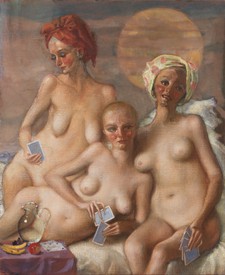
Art&Newport
Writers and curators Dodie Kazanjian and Alison Gingeras spoke with the Quarterly’s Alison McDonald about the arts organization Art&Newport and the possibilities the historic Rhode Island town offers contemporary artists. Their current exhibition, Games, Gamblers & Cartomancers: The New Cardsharps, on view through October 1, 2023, examines the varied custom of card play and includes artists such as John Currin, Hadi Falapishi, and Katie Stout.
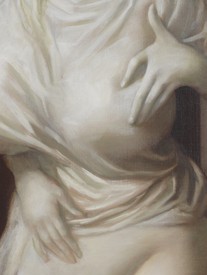
John Currin: Monuments to Lust
Natasha Stagg reports on a trip to John Currin’s New York studio.
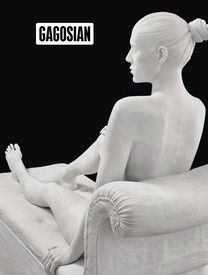
Now available
Gagosian Quarterly Fall 2021
The Fall 2021 issue of Gagosian Quarterly is now available, featuring Damien Hirst’s Reclining Woman (2011) on its cover.

Fashion and Art: Proenza Schouler
Derek Blasberg speaks with Lazaro Hernandez and Jack McCollough, the designers behind the New York fashion brand Proenza Schouler, about their influences and collaborations, from Mark Rothko to Harmony Korine.
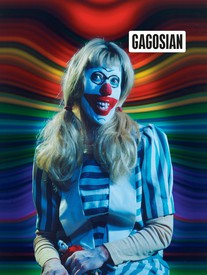
Now available
Gagosian Quarterly Spring 2020
The Spring 2020 issue of Gagosian Quarterly is now available, featuring Cindy Sherman’s Untitled #412 (2003) on its cover.

Mansplaining: Figuring Masculinity in the Age of #MeToo
In light of recent developments around the definition of masculinity in American culture, Alison M. Gingeras, the curator of John Currin: My Life as a Man at Dallas Contemporary, looks closely at the artist’s depictions of male subjects.

